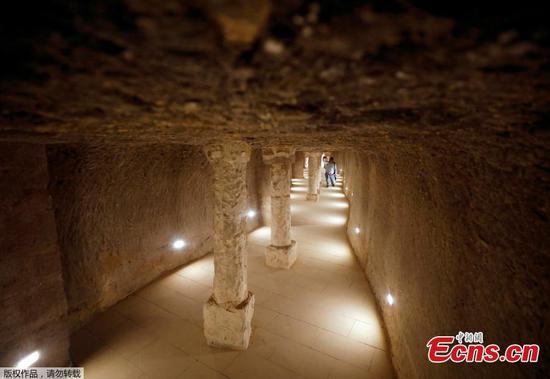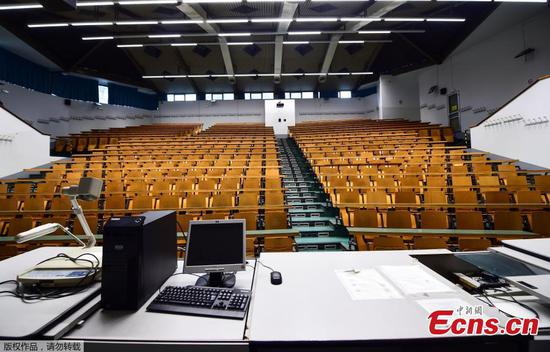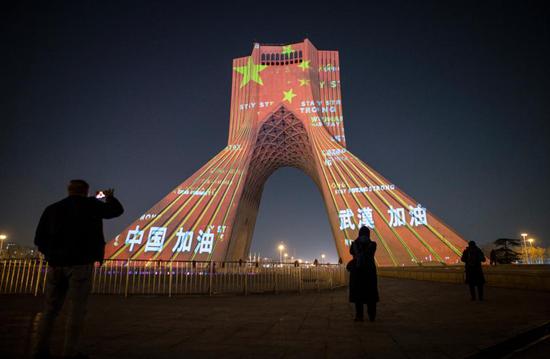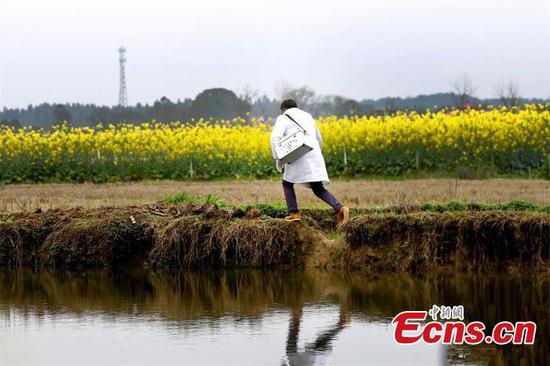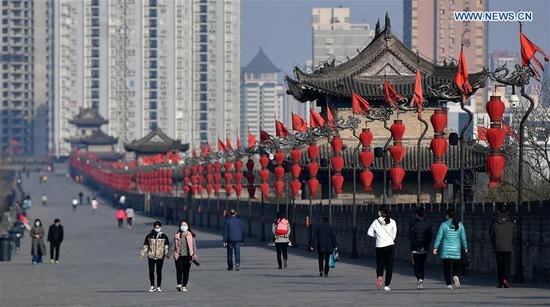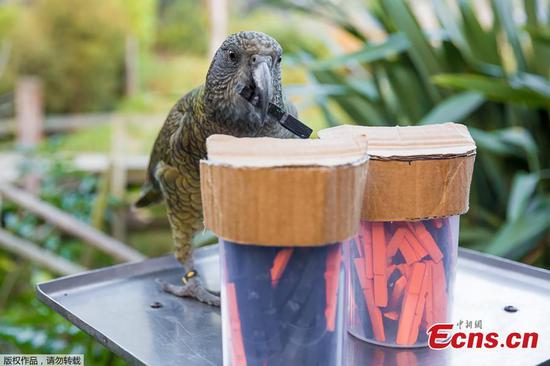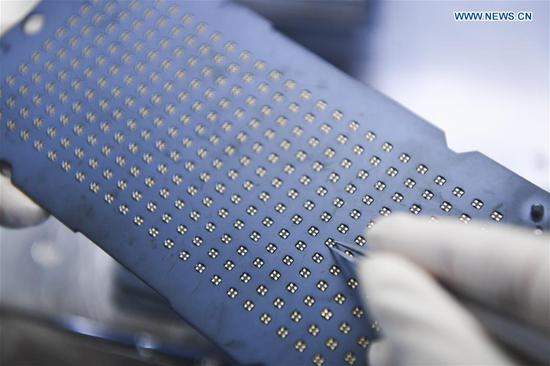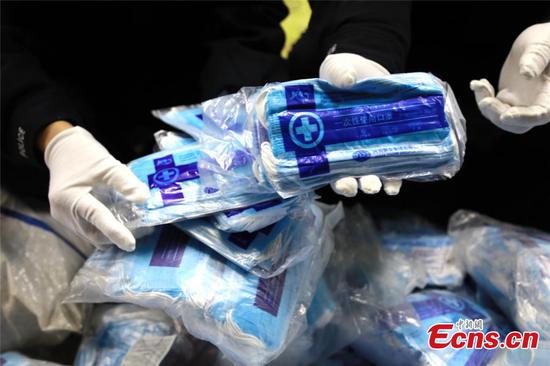
Lin Tao, a chengni ink slab master, shows a piece of his artworks. [Photo by GAO XINSHENG/FOR CHINA DAILY]
The "Four Treasures of Study"-a high-quality writing brush, ink stick, paper and ink slab-have been sought after by ancient scholars and today's enthusiasts of calligraphy and Chinese painting.
When deciding to buy one, they can make a decision judging from its geographical indication.
Chengni ink slabs produced in Jiangxian county, Shanxi province, are a favorite of enthusiasts.
Chengni ink slab is one of the top four ink slabs in China, along with duan in Zhaoqing, Guangdong province, she in Shexian, Anhui province and taohe in Zhuoni county, Gansu province.
Unlike other ink slabs, which are made from natural stone, chengni in Jiangxian is produced by firing a silt-rich clay collected from the riverbed of the Fenhe, the second-largest river in Shanxi province.
Chengni ink slabs also feature elegant shapes and delicate engravings, which make them valuable pieces of art.
However, if not for the efforts of father and son craftsmen like Lin Yongmao and Lin Tao, a piece of chengni ink slab cannot be easily bought.
The technique for making the clay-fired ink slab is said to date back to the Han Dynasties (206 BC-AD 220). Its production reached a peak during the Ming Dynasty (1368-1644).
The craft was lost during the Qing Dynasty (1644-1911), meaning buyers and collectors could only select from the ancient relics from the several dynasties prior.
Lin Yongmao and his son decided to revive this ancient technique in 1986.
The father and son visited many libraries to read historical documents and many museums to study exhibits.
They learned that to make a chengni ink slab, they needed to master knowledge in many fields. This included chemistry, physics, painting, engraving, calligraphy and literature.
After much trial and error, they succeeded in making three chengni ink slabs in 1991. In 1994, their ink slabs won a gold prize at the China Expo of Famous Ink Slabs.
The father and son were recognized as Shanxi folk art masters by the provincial government in 2006.
To help people learn about the artworks and production techniques, the Lins have displayed their ink slabs in a number of exhibitions and held many training sessions.
"I have been fond of chengni ink slabs for many years and finally got one during the Shanxi Cultural Industry Expo last December," said Zhang Hong, a 24-year-old calligraphy enthusiast from the provincial capital of Taiyuan.
"Brush writing with ink ground from a chengni ink slab is a totally different experience," Zhang said.














